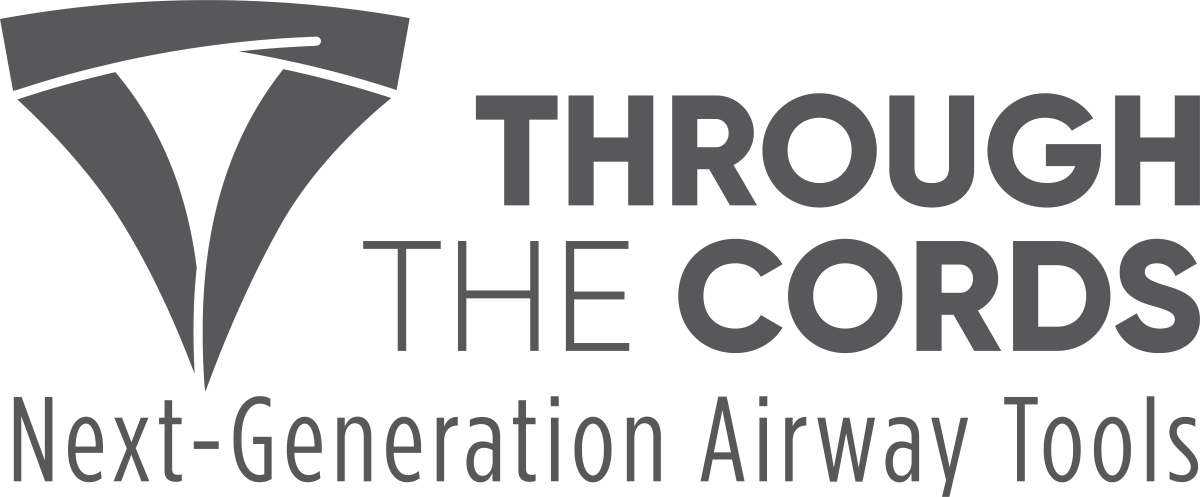Origins
Through The Cords Changing The Future By Design

Dr. Runnels is the founder, inventor, and driving force behind Through The Cords. He is an Associate Professor of Anesthesiology at the University of Utah. He was fellowship trained as a cardiothoracic anesthesiologist at Cambridge University in the UK and has extensive experience in difficult airway management in both high resource and low resource settings. In 2015, he returned to his practice at the University of Utah after a three-year sabbatical teaching in Africa. He spent one year in Guinea on the surgical hospital ship Africa Mercy, and two years as faculty at the National University of Rwanda. He is focused on decreasing the costs of and simplifying difficult airway management with the long term goal of increasing access to surgical care in developing countries.
The Business Theory
By harnessing the unique pressures of the developing world to spur innovation in design, product development, and marketing; difficult airway management methods and equipment can be brought to market that are appropriate, desirable, and profitable regardless of where in the world it is marketed.
The business model utilized is that of “Disruptive Innovation” championed by Clayton Christensen at Harvard. The idea is to use the design and economic pressures found in the developing world to produce a desirable and profitable difficult intubation system, go through the early iterations in a low regulatory cost environment, and then introduce the equipment into the developed markets.
The Toyota Corolla was designed and produced by pressures in developing Asia. The American auto industry could not adjust to the new market of economy cars demanded by the 1970s oil crisis. The ramifications of the introduction of the Toyota Corolla are still felt today. Similarly, it is likely that large established medical device companies will have a hard time responding to the low cost medical environment that looks to be coming in the future.
The Journey
Managing airways and training anesthesia providers in low resource settings produces a unique set of pressures. The drive for simplicity, ease of use, low tech and durability is intense. During a 3-year sabbatical in Africa, Dr. Runnels experienced just such pressures. While serving with Mercy Ships in West Africa and the National University in Rwanda he managed hundreds of extremely difficult airways in low resource settings with local anesthesia providers.
The current gold standard for management of difficult airways in the developed world remains fiber optic intubation. The expense and fragility of fiber optic equipment, as well as the necessity of a high degree of provider skills means this ‘gold standard’ is not an option in low resource settings.
Is there a better way to manage difficult airways? Living on a ship and managing so many difficult airways gives one both the time, focus, and numbers to solve such a problem.